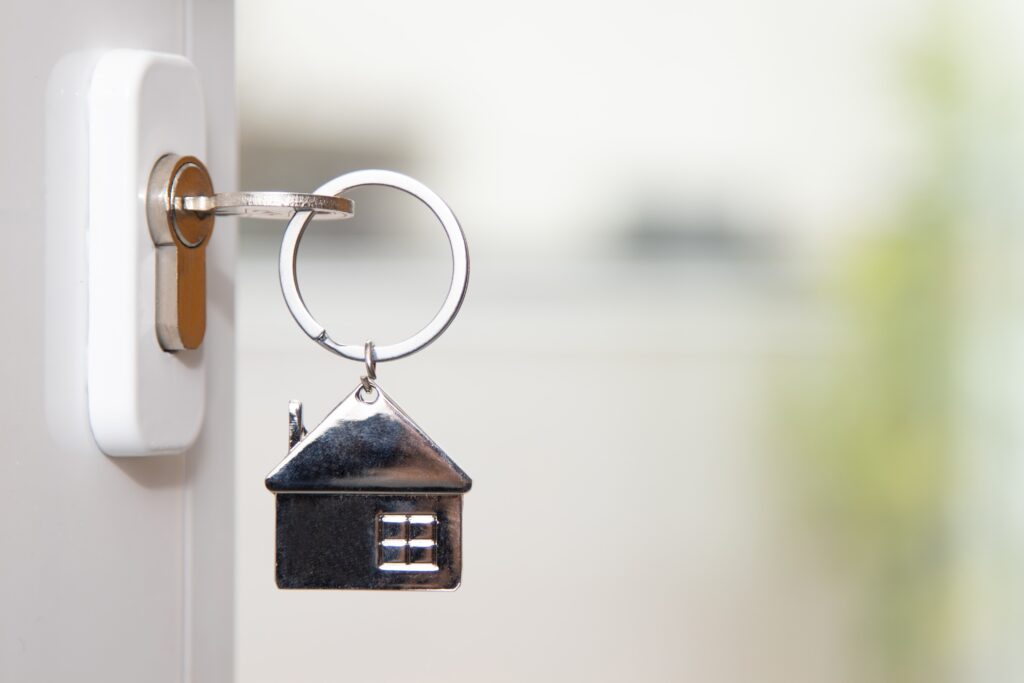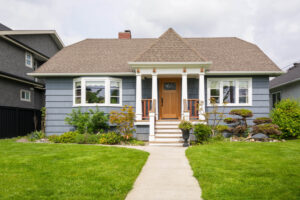
Rising mortgage rates can make it more costly to own a home. This isn’t the best news for homebuyers. In fact, a 1% rate increase can cost an additional $100 to $200 each month, reducing purchasing power for some borrowers. But rate increases don’t only affect buyers. Decreased affordability can mean fewer showings and offers for sellers.
Some sellers respond by reducing their home’s asking price. Yet, they might get more bang for their buck with a rate buydown.
Here’s how a seller-paid rate buydown works, and how these can be beneficial for both parties.
What is a seller-paid rate buydown?
Rate buydowns are common in these transactions. But often times, it’s the “buyer” paying for the buydown. They’ll pay a fee at closing (discount points) in exchange for a lower mortgage rate.
Each discount point is 1% of the loan amount, and each point reduces the rate by .25%. So if a buyer purchases two discount points on a $200,000 loan, they’ll pay an extra $4,000 in fees at closing to reduce their rate by .50%.
But while rate buydowns are common, this expense doesn’t always fall on the buyer. Sellers can buy down a buyer’s rate as a seller concession. They’ll set aside a portion of their profit to cover this expense.
How does a seller-paid buydown benefit the buyer?
Buydowns provide homebuyers with immediate and long-term benefits. They can take advantage of a lower mortgage rate without spending more out-of-pocket, saving thousands of dollars.
The ability to secure a lower mortgage rate also increases affordability and reduces their monthly mortgage. In addition, they’ll pay less interest over the life of the loan.
How does a buydown benefit the seller?
Homebuyers aren’t the only ones who benefit from seller-paid points. It might appear that sellers get the short end of the stick, but that’s not the case.
When housing demand decreases in response to rising interest rates, it takes longer for some homes to sell. To speed a sale, some sellers consider a price reduction strategy. They might lower their asking price by $10,000 to $20,000 (or more). However, this strategy also reduces their profit considerably.
A rate buydown, on the other hand, is often a cost-effective alternative. This strategy also reduces a seller’s profit. But they often lose less money compared to lowering the price.
To illustrate:
A buyer agrees to a sales price of $400,000 with a 5% down payment. This results in a $380,000 loan and a monthly payment of about $2,158 on a 30-year fixed rate mortgage (assuming a 5.5% mortgage rate, and excluding taxes, home insurance, and PMI).
Unfortunately, due to rising mortgage rates, this monthly payment is slightly higher than a buyer’s pre-approval amount. If the seller doesn’t have other offers, they might consider reducing the asking price by $20,000. Assuming the same down payment, this reduces the buyer’s loan to $361,000, giving them a mortgage payment of $2,050 (which is within their price range).
This strategy reduces the seller’s profit by $20,000.
However, a less expensive option is for the seller to keep the original $400,000 asking price, and then buy down the buyer’s rate by 2 points.
The buyer maintains a $380,000 loan and the seller credits $7,600 ($3,800 x 2) of their proceeds to reduce the buyer’s rate from 5.5% to 5%. This equals a monthly payment of $2,040 on a 30-year fixed rate loan.
It’s a win-win for both parties. The buyer gets a mortgage they can afford, and the seller doesn’t lose too much of their profit.
Final Word
Rising mortgage rates don’t have to delay (or cancel) your dream of buying a home. To learn about rate buydowns and your loan options, contact the loan experts at FirstBank Mortgage.





